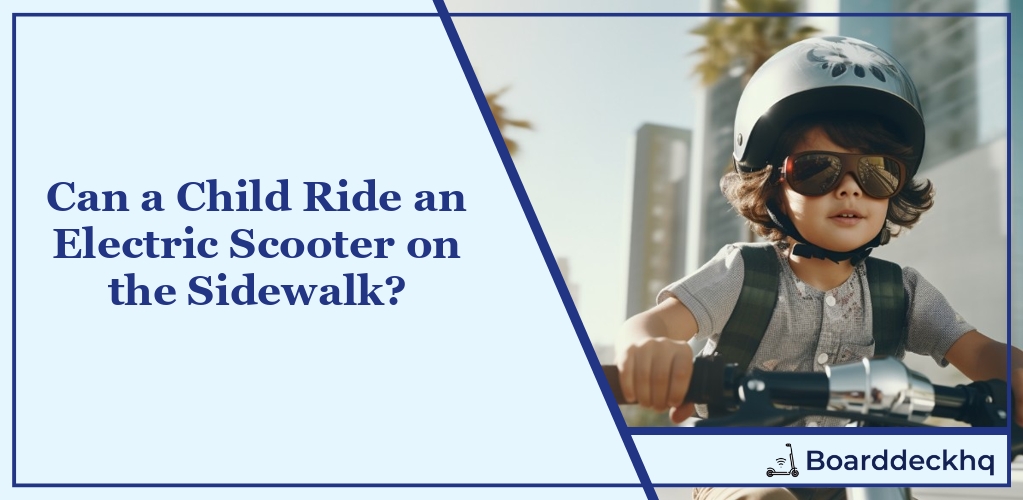Picture this: your child, grinning from ear to ear, zooming down the sidewalk on a shiny new electric scooter. A heartwarming scene, isn’t it? But as the wheels start rolling, so does your mind with questions. Is it legal for them to ride on the pavement? What safety precautions should be in place? This article is your go-to guide for all these queries and more.
What we’ll cover
- Deciphering E-Scooter Laws
- Safety Gear Essentials
- Choosing a Child-friendly E-Scooter
- Legal Aspects and Public Perception
- Law Enforcement and Parental Role
So, buckle up as we navigate the twists and turns of children riding electric scooters on pavements!
Understanding Electric Scooter Laws
Electric scooter laws vary significantly from state to state, making it a bit of a challenge for parents and guardians to decipher whether their child can ride an e-scooter on the pavement. Imagine trying to solve a Rubik’s cube, but each color represents a different state law. It can be that complex. However, understanding these laws is crucial for the safety of your child and to avoid any legal complications.
In some states, electric scooters are legal on pavements, while others restrict their use to bike lanes or roads with a certain speed limit. Generally, the rule of thumb is that if a pavement is designated as a shared path (for pedestrians, cyclists, and scooter riders), it’s acceptable to ride an e-scooter. Otherwise, it’s best to stick to the road or bike lanes where available.
It’s also essential to consider the age restrictions imposed by e-scooter laws. Most states have an age limit in place to ensure the rider can handle the scooter safely. This age limit varies, but it’s commonly set at 16 years. If your child is under this age, they may not be legally allowed to ride an electric scooter on public pathways.
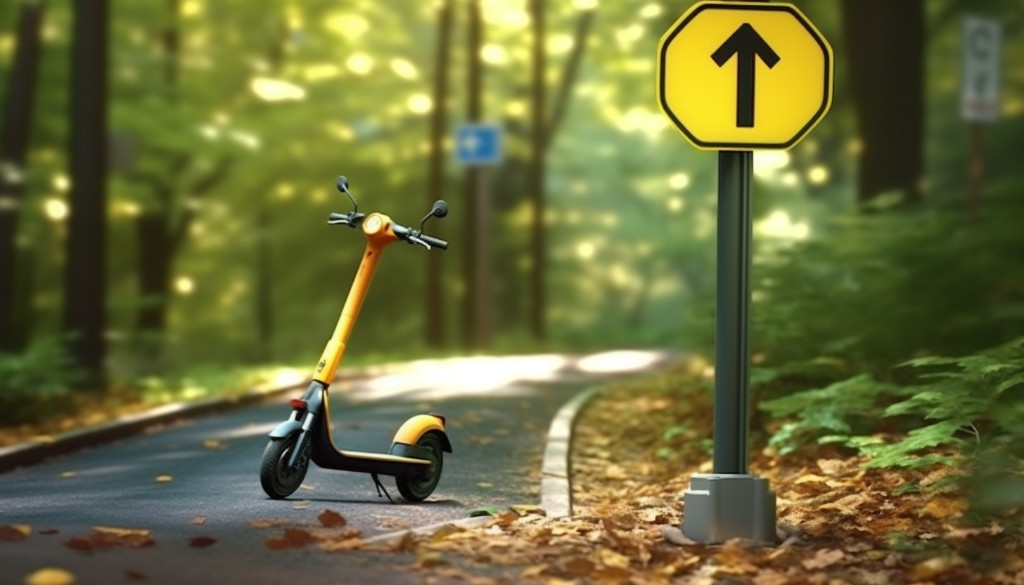
Where Can Electric Scooters Be Ridden?
Navigating the web of regulations about where electric scooters are legal can feel like playing a game of hopscotch in the dark. You’re unsure where to step next, and one wrong move could lead to penalties.
Public spaces such as parks often allow e-scooters, especially those with designated paths for cyclists and scooter riders. These paths are designed for slower traffic, making them safer for younger riders. However, it’s crucial to remember that each park may have its own set of rules, so it’s always a good idea to check for any signage or ask a park official.
On the other hand, pedestrian zones like sidewalks can be a gray area. Some states allow e-scooters on sidewalks unless local laws prohibit it, while others outright ban scooters from sidewalks to protect pedestrians. Therefore, it’s essential to familiarize yourself with the electric scooter law in your local area to avoid any potential issues.
Age Restrictions and Electric Scooter Laws
Just as there’s an age limit for getting a driver’s license, there are age restrictions for riding electric scooters too. Most states require riders to be at least 16 years old, although some places may allow younger children to ride with adult supervision.
Another important aspect of electric scooter laws is helmet use. Safety is paramount when your child is zipping around on an e-scooter, and wearing a helmet is usually mandatory for underage riders. Some states even require all scooter riders, regardless of age, to wear a helmet.
Lastly, some states require a valid driver’s license or learner’s permit to ride an electric scooter. This rule primarily applies to high-speed e-scooters capable of reaching speeds over 20 mph. So, if your child is under the legal driving age or doesn’t have a permit, they may be restricted to slower, child-friendly scooters.
Remember, these laws are not designed to spoil the fun but to ensure everyone’s safety. So before your child hops on their shiny e-scooter, make sure you understand the local regulations and ensure they are equipped with the necessary safety gear.

The Importance of Safety Gear
If you’re a parent who allows your child to ride an electric scooter on the pavement, one crucial aspect you cannot overlook is safety gear. The first rule of thumb in any sport or recreational activity that involves a degree of risk is to wear a helmet. This rule applies to e-scooters as well. Helmets can significantly reduce the chances of severe head injuries in case of a fall or collision.
Moreover, other safety gear such as knee pads and elbow pads can provide additional protection. Children are often adventurous and willing to take risks, which means they’re more prone to falls and injuries. By insisting they wear helmets and other protective gear, you are not only teaching them about safety precautions but also giving yourself peace of mind.
Speed Control and Safety Regulations
In addition to safety gear, it’s important to discuss speed control when talking about children riding electric scooters on the pavement. Many cities have scooter laws that cap the maximum speed of e-scooters at 15 miles per hour. Although this speed limit might seem slow for an adult, it’s more than enough for a child. Remember, the faster the scooter goes, the harder it becomes to control, especially for a child who is still developing motor skills.
Also, the brake system of an electric scooter plays a crucial role in ensuring safety. A reliable brake system allows your child to stop or slow down quickly when needed, helping prevent accidents. Therefore, when choosing an electric scooter for your child, it’s important to check the efficiency of its brake system.
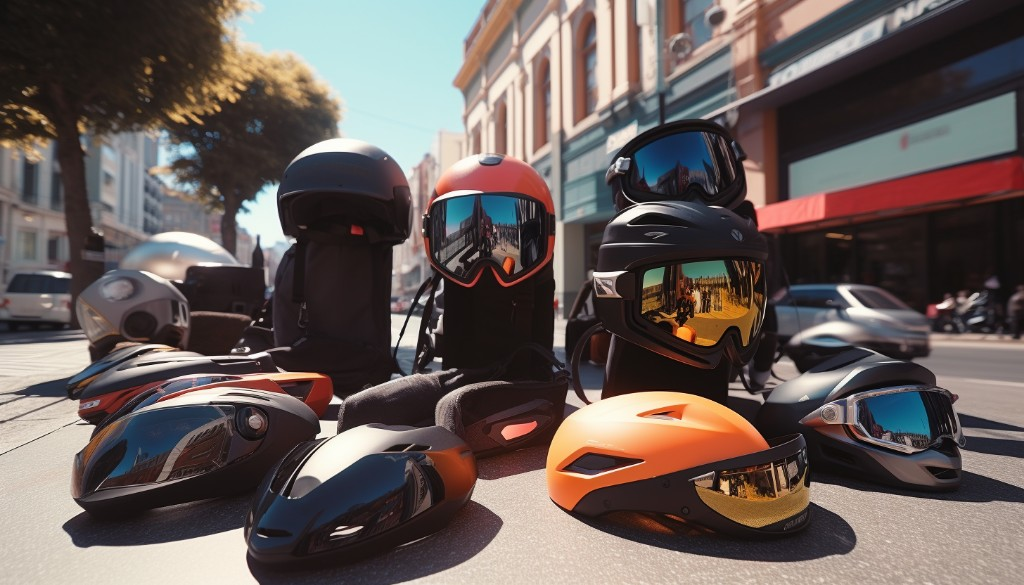
Child-friendly Electric Scooters: A Buyer’s Guide
If you’re considering letting your child ride an electric scooter on the pavement, it’s important to choose a model that is child-friendly. E-scooters come in different sizes and designs, and not all of them are suitable for children.
First, you should consider the scooter size. It should be low enough for your child to mount and dismount easily, and the handlebars should be at a comfortable height. A scooter that’s too big or too small can be difficult for a child to control, increasing the risk of accidents.
Second, check the weight limit of the scooter. Most e-scooters have a maximum weight capacity, and exceeding this limit can strain the motor and reduce the scooter’s lifespan.
Lastly, consider the battery life of the scooter. You don’t want your child stranded far from home because the scooter’s battery died. Choose a model with a long-lasting battery, and teach your child to monitor the battery level.
While allowing your child to ride an e-scooter on the pavement can provide them with a sense of independence and fun, it’s essential to prioritize their safety. By choosing the right scooter and insisting on safety gear and speed control, you can ensure your child enjoys their electric scooter experience while staying safe.
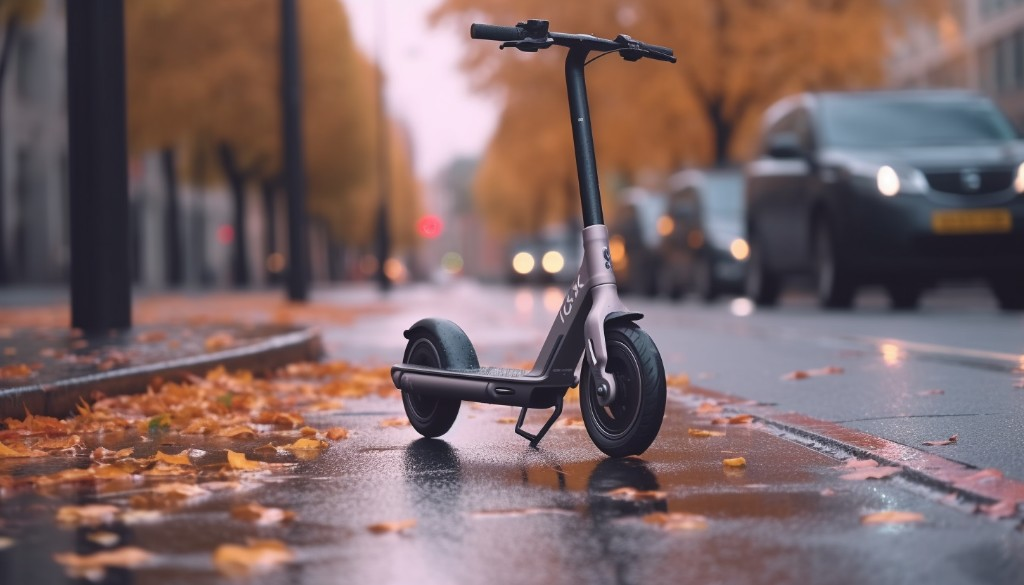
Legal Issues and Public Attitudes
Public attitudes towards children riding electric scooters on pavements can be as varied as a kaleidoscope. On one hand, you have people who think it’s a fun and eco-friendly way for kids to get around. On the other hand, there are those who believe that the pavements should be exclusively for pedestrians.
In the US, whether electric scooters are legal on sidewalks varies from state to state. In some areas, e-scooters are legal on sidewalks only when ridden at a walking pace. In others, electric scooters legal on bike lanes but not on sidewalks. Therefore, it’s essential to familiarize yourself with local laws before allowing your child to ride an e-scooter on the pavement.
Pedestrian rights are another factor to consider. Pavements are designed to provide a safe walking space for pedestrians, and they have the right to use this space without being disturbed or endangered by others. As such, if a child is riding an e-scooter on the pavement, they must do so in a way that respects pedestrian rights and does not pose a risk to others.
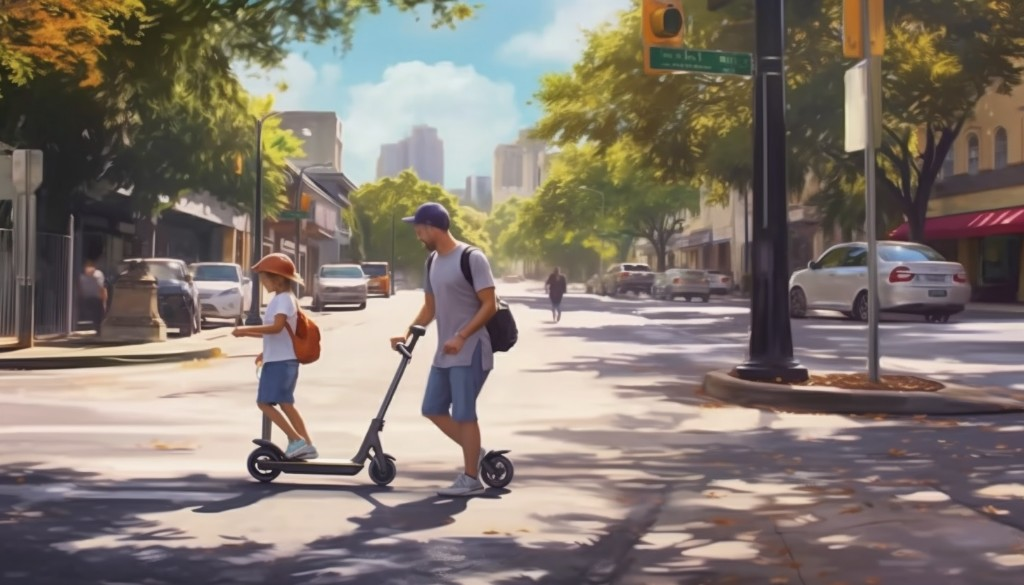
Environmental Impact and Social Responsibility
When we teach our children to ride an electric scooter, we’re not just teaching them how to balance or steer. We’re also instilling in them a sense of social responsibility. E-scooters are more than just toys; they’re tools that can significantly reduce our carbon footprint.
By choosing to ride electric instead of using gas-powered vehicles for short trips, we can decrease air pollution and contribute to a healthier planet. It’s an excellent opportunity to teach our children about the environmental impact of our choices and encourage them to make environmentally friendly decisions.
However, e-scooter riding also requires a certain level of road etiquette. Children need to learn to ride their electric scooters in a way that respects others’ space and safety. This includes not speeding, keeping to the right side of the path, and always giving pedestrians the right of way.
Enforcement of Laws and Parental Supervision
Ensuring that children adhere to scooter laws is not just the responsibility of law enforcement. Parents play a crucial role in educating their kids about the e-scooter laws in their area and ensuring they follow them.
For instance, in some states, electric scooter laws require riders to be at least 16 years old. In others, riders under a certain age must wear a helmet. Being aware of these laws and ensuring your child follows them is part of responsible parental supervision.
Of course, law enforcement also plays a part in maintaining safety. Police officers can issue warnings or citations to those who violate scooter laws, which can serve as a deterrent for unsafe behavior. However, it’s essential to remember that while law enforcement can enforce the rules, it’s up to parents to instill in their children the importance of following them.
Remember, allowing your child to ride an e-scooter on the pavement is not a decision to be taken lightly. It requires careful consideration of legal issues, public attitudes, and the environmental impact. It also requires a commitment to teaching your child about social responsibility and ensuring they adhere to the law. But with proper guidance and supervision, it can be a fun and eco-friendly way for your child to get around.

The Role of Schools and Community Centers
Schools and community centers play an instrumental role in molding children’s behaviors and attitudes, especially in regards to scooter safety. When a child decides to ride an e-scooter, these institutions can provide essential guidance and education.
Safety Education and Training
The first step schools and community centers can take is to introduce comprehensive safety education programs. This would involve teaching children the rules of the road, how to use a scooter safely, and emphasizing the importance of protective gear.
Practical demonstrations are equally essential in this process. For example, imagine a local community center hosting a ‘scooter safety day’ where children are taught how to ride an electric scooter in a controlled environment. The image of children lining up with their helmets on, eager to learn and practice, is a powerful one.
Promoting Awareness of Safety Regulations
Besides practical training, these institutions can also contribute significantly by promoting awareness about safety regulations related to electric scooters. They can distribute informational materials such as brochures or posters detailing local laws and safety tips. Regular seminars or workshops can also be organized to keep the conversation about scooter safety ongoing.
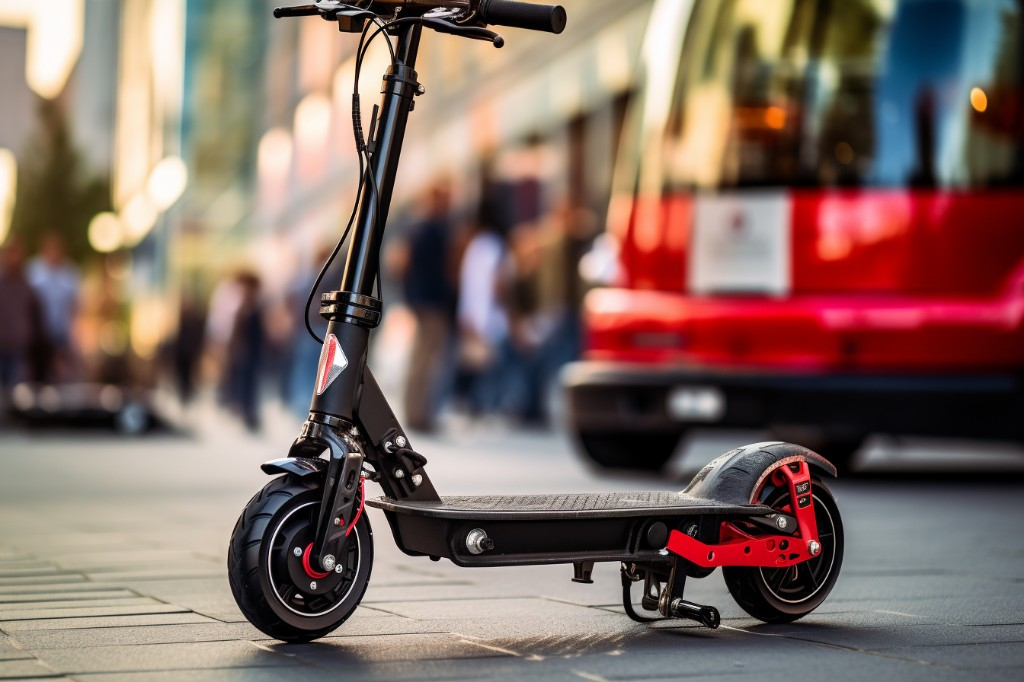
Impact of Weather Conditions and Riding Time
The time of day and weather conditions significantly influence the safety of children who ride electric scooters. Understanding these factors is crucial for parents and children alike.
Weather Conditions
Harsh weather conditions can compromise visibility and the electric scooter’s performance, thereby increasing the risk of accidents. Rain, snow, or even heavy fog can make surfaces slippery, impacting the e-scooter’s grip on the road. Therefore, it is recommended that children avoid riding their scooters during inclement weather.
Riding Time
The best time for children to ride an e-scooter is during daylight hours. Visibility is at its peak during this time, and the risk of accidents is relatively low. Nighttime riding can be dangerous due to reduced visibility and the potential presence of drunk or reckless drivers on the road.
However, if children must ride electric scooters at night, they should be equipped with proper lighting. The scooter should have a bright headlight and a tail light. Children should also wear reflective clothing to increase their visibility to others on the road.

Closing Thoughts
The question of whether a child can ride an electric scooter on the pavement is a complex one, entwined with a deep understanding of e-scooter laws, the importance of safety gear, and an insight into child-friendly electric scooters. A comprehensive grasp of these aspects is crucial to ensure the safety of our young ones as they navigate the world on two wheels. Legal issues surrounding this matter are intricate, with public attitudes reflecting a myriad of viewpoints. It’s important to remember that enforcement of these laws often falls on parental supervision, which serves as the first line of defense in ensuring our children’s safety.
In conclusion, while the joy and convenience of riding electric scooters are undeniable, it is paramount to understand and respect the laws, prioritize safety, and choose the right equipment for our children.
Frequently Asked Questions
Is it legal for a child to ride an electric scooter on the pavement?
Yes, it is legal for a child to ride an e-scooter on the pavement in some jurisdictions. However, this depends on local laws and regulations, which can vary widely. It’s always best to check with your local authorities or law enforcement agencies.
Can minors use electric scooters on sidewalks?
Minors can use electric scooters on sidewalks in some areas. Again, this is subject to local laws and regulations. Some places may require the child to be of a certain age or wear specific safety gear.
Are there age restrictions for children riding electric scooters on pavements?
Yes, there are often age restrictions for children riding e-scooters on pavements. These can vary by location and the type of scooter. Some jurisdictions may also require parental supervision or consent.
What are the rules for kids using electric scooters on pavements?
The rules for kids using electric scooters on pavements can include age restrictions, speed limits, mandatory use of safety gear, and restrictions on where they can ride. These rules can vary widely by location, so it’s essential to check your local regulations.
Do children need specific permissions to ride electric scooters on the pavement?
In some cases, children may need specific permissions or licenses to ride e-scooters on the pavement. This can depend on factors like the child’s age, the type of scooter, and local laws and regulations. Always check with your local authorities to be sure.
